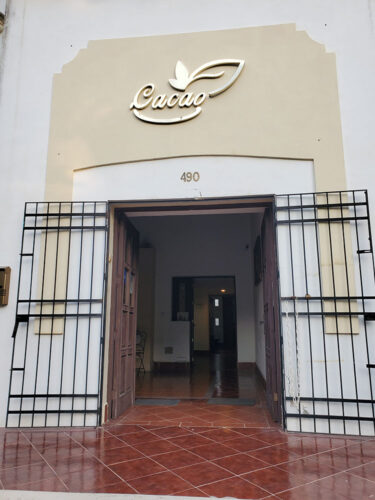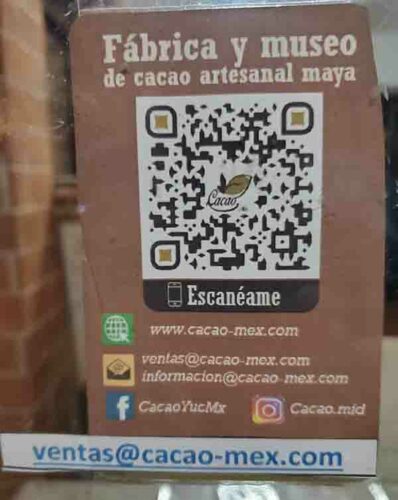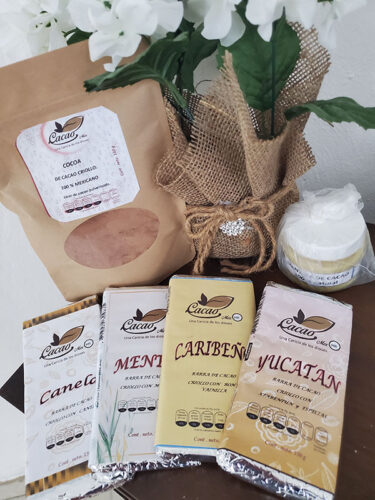Casa Gemelas stands in the heart of Mérida, Yucatán, where the vibrant history of the area resonates through its grand architecture. Montejo 495 Casa Museo, as it is now referred to, was built as one of two mansions that continue to stand as sentinels of a bygone era. Together, both homes are known as the Twin Houses or Cámara Houses. These exquisite homes, built between 1908 and 1911, grace the historic grand street of Paseo de Montejo, epitomizing the opulence of the Beaux-Arts style popular in the 1830s to the end of the 19th century.
Beaux-Arts focused on the straight lines of French Neoclassicism, while still incorporating elements of the Baroque and Renaissance periods.
Symphony of Creation: The Origins of Casa Gemelas
In the golden age between 1870 and 1920, fueled by the prosperity of the henequen industry, a group of visionaries sought to craft a boulevard reminiscent of the famed Avenue des Champs-Élysées in Paris. Paseo de Montejo was born, and among its prestigious residents rose the Casa Vales, Cantón Palace, Peón de Regil House, and the Twin Houses.
Henequen is a species of agave plant native to southern Mexico and parts of Central America. It played a crucial role in the economic history of the Yucatán Peninsula, particularly during the late 19th and early 20th centuries when there was a boom of demand for sisal fiber in industries such as rope and twine production.fiber in industries such as rope and twine production.
The story of Casa Gemelas began in 1905 when brothers Ernesto and Camilo Cámara envisioned two neoclassical marvels on a plot overlooking Paseo de Montejo. The design maestro behind this vision was Gustave Umbdenstock, a French architect whose influence extended from the École des Beaux-Arts in Paris to the World’s Fair in St. Louis.
By 1907, the plans were unveiled in the French magazine “La Construction Moderne,” and construction commenced under the watchful eye of Manuel G. Cantón, a civil engineer. Despite the tumultuous backdrop of the Mexican Revolution in 1910, the houses, showcasing European elegance with Carrara marble, iron balustrades, and modern amenities, reached completion in September 1911.
Tapestry of History: Guests of Grandeur and Transition
Over the years, Montejo 495 had an illustrious guest list, including Princess Grace and Prince Rainier of Monaco, Queen Juliana of the Netherlands, King Umberto II of Italy, and Jacqueline Kennedy Onassis. The ebb and flow of history absorbed into the walls and the home embraced both the opulence of royal visits and quiet transitions that marked the passage of time.
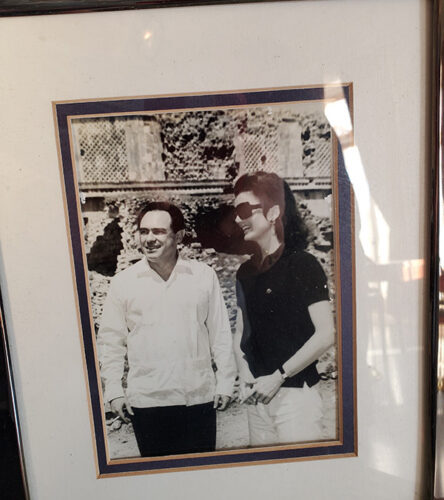
In 1964, one of the houses found a new guardian in Fernando Barbachano Gómez Rul, a pioneer in Yucatán Peninsula’s tourism industry. For more than a century, the Twin Houses remained a haven for the Cámara and Barbachano families, until Maruja Barbachano Herrero decided to share the legacy by opening Casa Gemelas, as a museum for us to tour, in 2021.
Exploring Casa Gemelas: A Stroll Through Time
As you step into Casa Gemelas, the French Second Empire style welcomes you with an imposing staircase, flanked by paired columns of Bianco Carrara marble. The houses, boasting multiple bedrooms, bathrooms, and a wealth of captivating spaces, continue to preserve their Art Nouveau lamps, friezes, Carrara marble, and original European furniture, all curated by Gustave Umbdenstock himself.
The grandeur extends across three stories, housing a Great Hall, lounge, library, dining room, and a billiard room. The meticulous preservation of this architectural marvel allows visitors to immerse themselves in the ambiance of early 20th-century European elegance.
At this time, there were no tours of the upper floor and bedrooms, but we were able to view the main living floor and lower level kitchen.
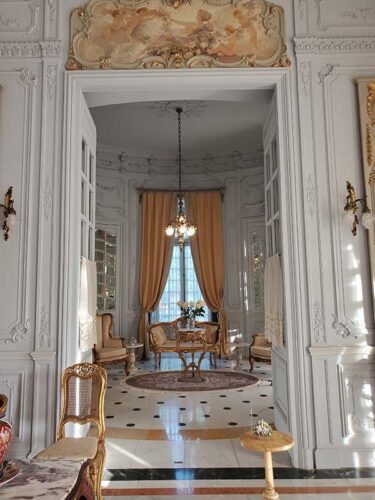
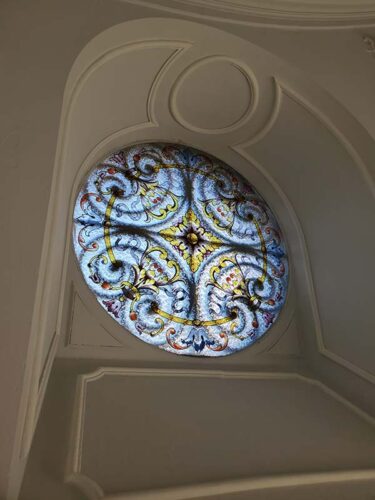
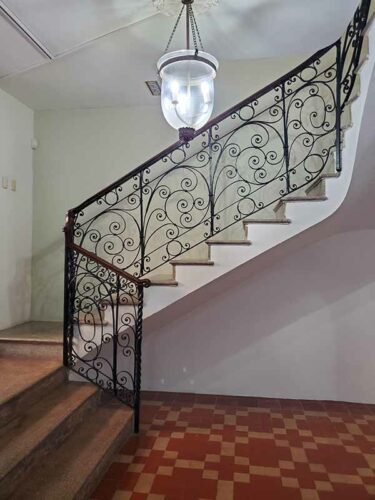
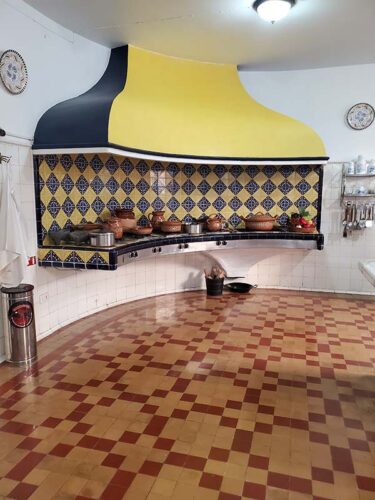
Casa Gemelas: A Living Legacy as Montejo 495
Although not identical, the striking resemblance earned the two homes the moniker “Twin Houses.” Alternatively known as Cámara Houses or Las Casas Gemelas, Montejo 495 stands as a testament to an era when architectural beauty was not just a reflection of luxury, but a celebration of life’s grand cadence.
In visiting Montejo 495, you are not just stepping into a museum; you are traversing the corridors of time, guided by the whispers of history and the eloquence of design. Embrace the beauty of Casa Gemelas, while savoring a bygone era, and imagine dancing to the unique rhythm of Mérida’s rich heritage in these opulent surroundings.
Visiting Montejo 495 – Casa Gemelas
Expect to pay 250 pesos per person to enter. They charge an additional 50 pesos if you would like to take photos or video. They do offer English tours, so ask if a tour guide in your preferred language is available. There’s also a small gift shop upon your exit with some high-quality clothing displayed on mannequins and unique gift ideas at a variety of price-points. Hours are Tuesday to Sunday 9am to 5pm.
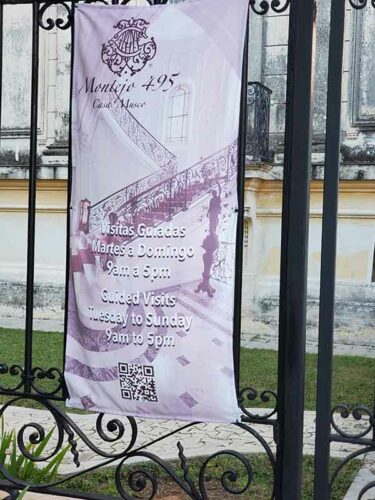
Read more about other homes visited during my travels.
Cacao
Further down the street is the business, Cacao. There are no pictures or videos allowed inside but I highly recommend a visit if you’re in the area. The tour through the history and the importance of the cacao plant explains why and how this crop was used by the Mayans. The owners continue to operate this family business in the old traditions and there is a store to purchase a wide variety of bars and supporting products. Texturally different than it’s successor, chocolate, the slow handmade process makes it more expensive but, in my opinion, also much more healthy and delicious!
